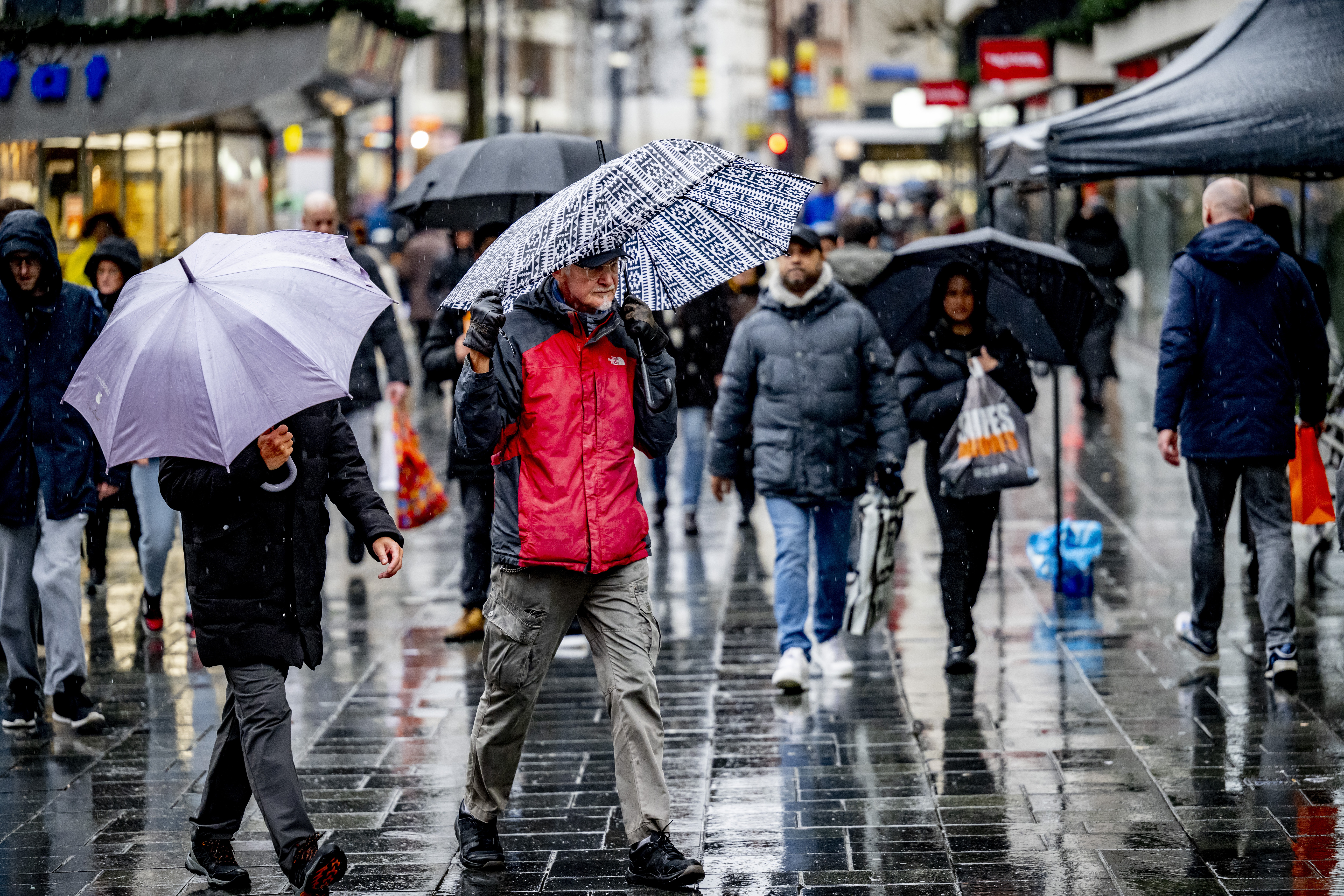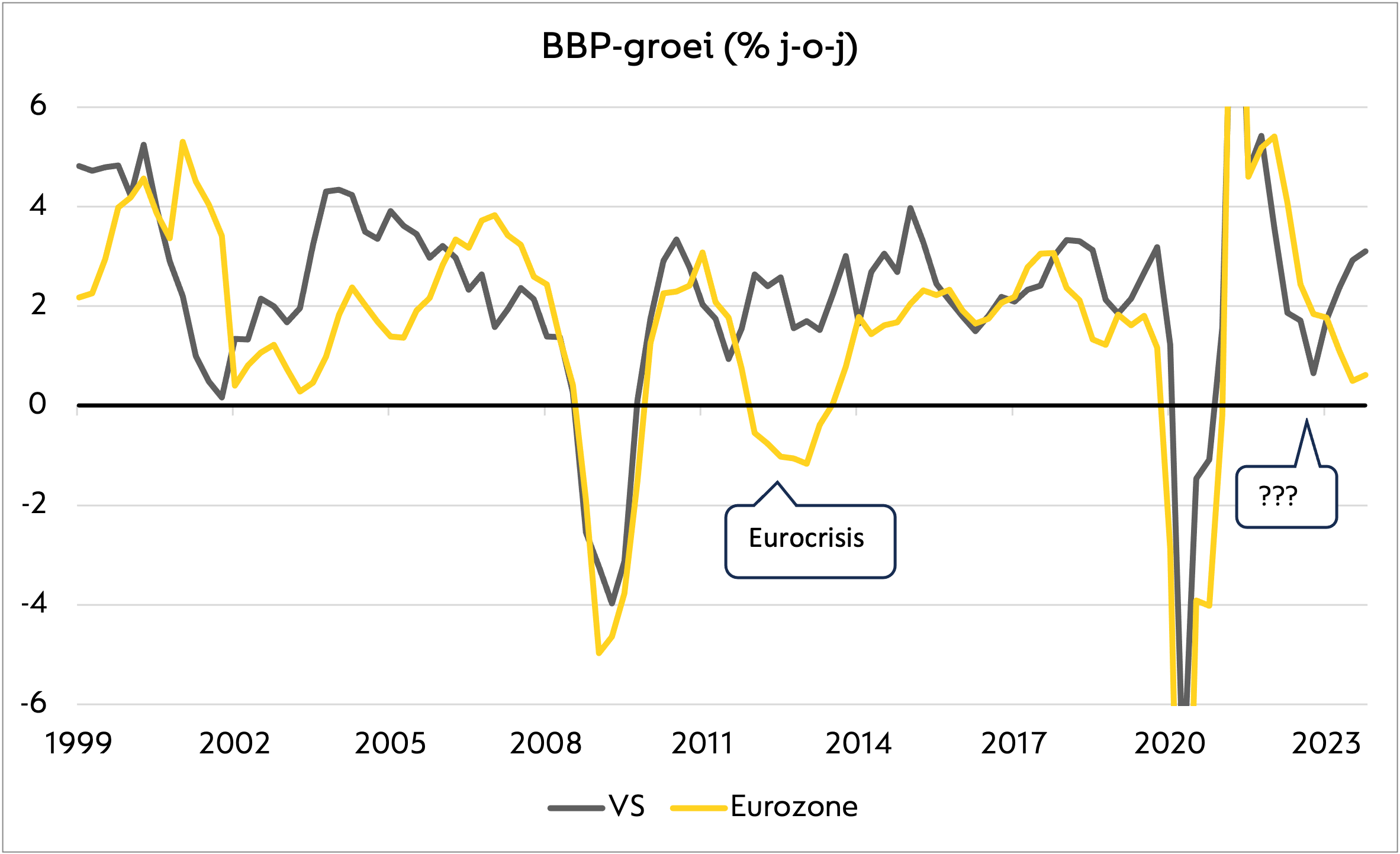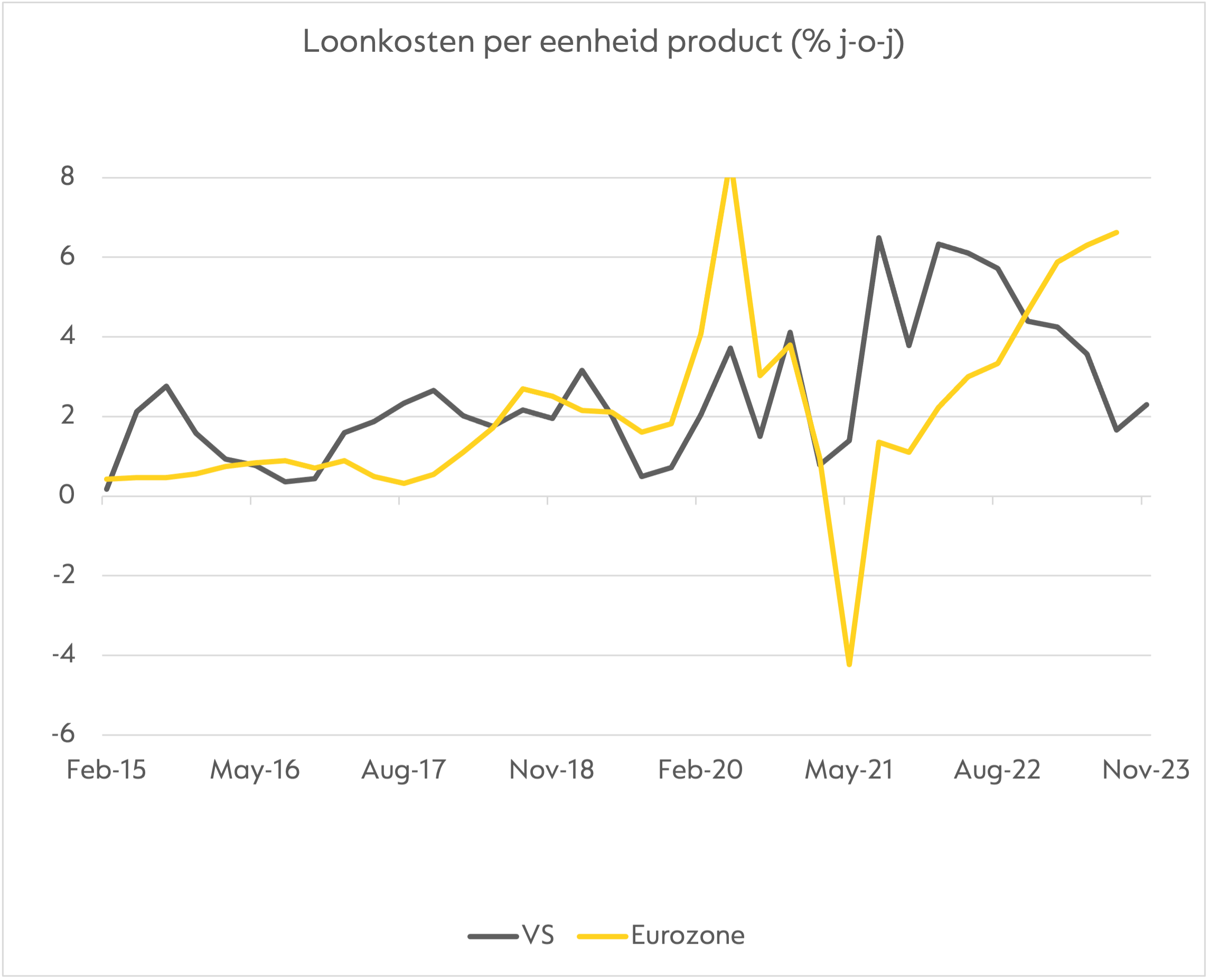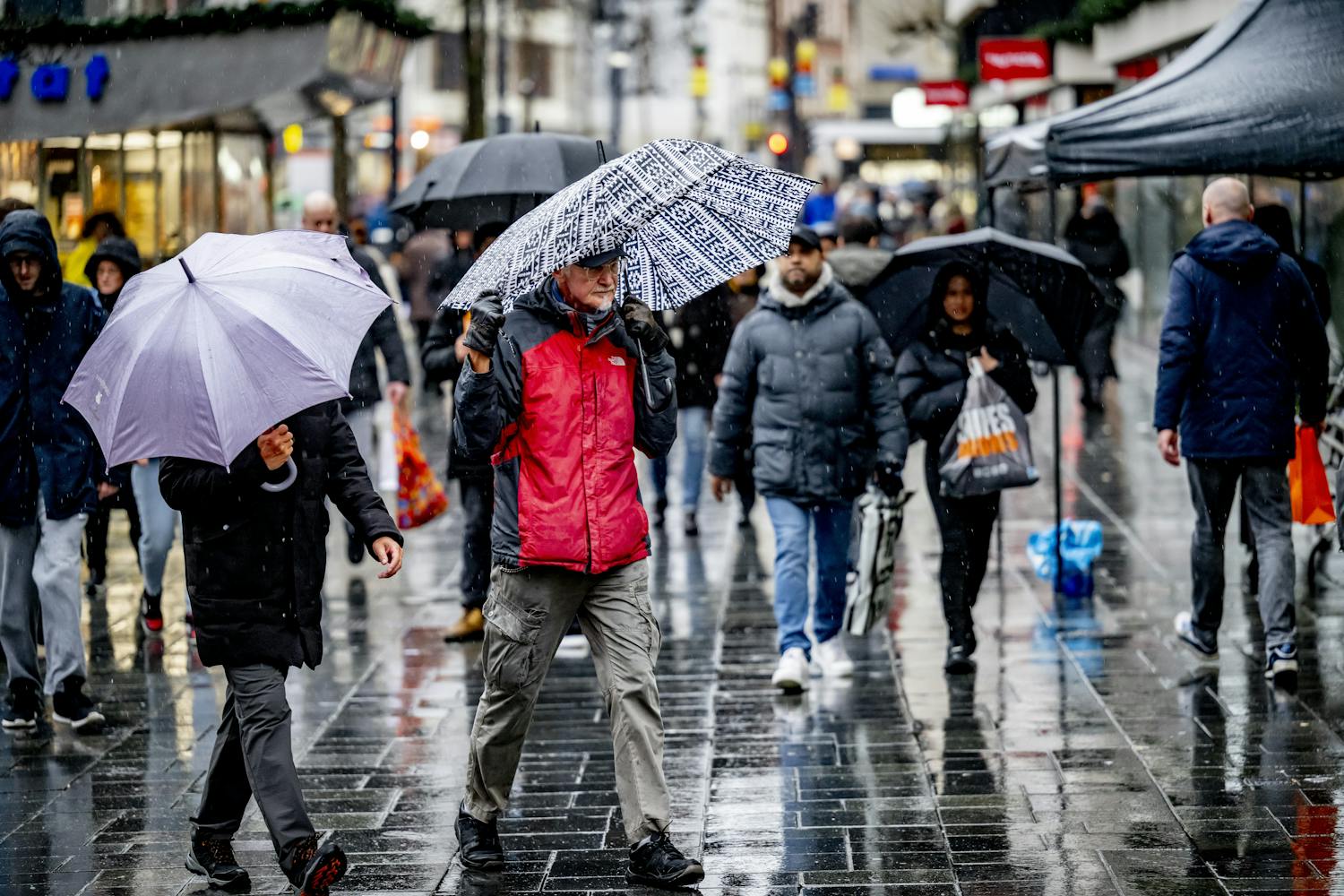The economies of the Eurozone and the United States are generally aligned with each other. This is because they have a similar structure and significant economic ties are maintained on both sides through international trade and capital movements. However, sometimes the economic situation is different.

When one of the two economies is affected by a development that does not or barely affects the other economy, the economic status of the two blocs varies. Economists speak of 'asymmetric shocks'. The Euro crisis in 2011-2013 is an example of such an asymmetric shock. The Eurozone economy suffered a recession, the US did not.

This time, there is again a difference in economic growth. The US economy accelerated in 2023, but our economy has completely lost growth momentum. The question is how it happens.
Also Read | Uncertainty surrounding gas supply: price hike
There are several possible reasons for this difference. First, it's important to note that the U.S. federal budget deficit increased most sharply between mid-2022 and mid-2023. This means that US fiscal policy, whether intended or not, will be very expansionary. The Eurozone economy has been hit by exceptionally high gas prices over the past year and a half. Even though gas prices on our continent have now fallen sharply, they are still three times higher than US gas prices. In general, energy prices for European companies are higher than for competitors in the rest of the world, partly due to taxes.
Also Read | 'The natural rate of interest is falling', ask how much the ECB will cut
Labor productivity
There is another significant difference between economic growth in the US and Europe. Anyone who has listened to the press conferences of ECB President Lagarde and Fed President Powell over the past two weeks will have noticed that labor productivity is currently rising sharply in the United States, while it is falling in our country. Take our country. In the third quarter of 2023, GDP was 0.4 percent lower than in the third quarter of 2022. But that lower GDP was produced by 1.9 percent more people. A similar development is in the Eurozone. I know you have to be careful when interpreting short-term productivity figures, but this is not good. Although wage growth has been somewhat moderate, unit labor costs have been developing unfavorably in our country, unlike in the US.

Grants
During the pandemic, US and European governments took very different approaches to providing financial assistance. In Europe, jobs were maintained as much as possible through subsidies like the NOW program in our country. Registered unemployment rose, but the increase was modest. In the Netherlands, unemployment rose from 2.9 percent in March 2020 to 4.6 percent in August 2020. Of course, that doesn't mean everyone is productive.
Also Read | 'This advice is against the basic rules for prudent investors'
In the United States, no effort was made to protect jobs to their full potential, but the choice was made to increase unemployment benefits and make them more accessible. There, unemployment rose to 14.9 percent in April from 3.5 percent in February 2020. Naturally, this caused a huge shock in the labor market. When the recovery began, American companies had to look for employees, while many European companies allowed their employees to return.
regulations
Whether this different approach during the pandemic will result in a much less dynamic labor market and a much weaker economy in the eurozone is not easy to determine. Increasing regulations, bureaucracy, and problems with electricity availability may also play a role. Future economic historians should shed some light on this. All we can do now is take a more urgent look at our economy. What is happening now may fit well with the popular 'de-growth' movement. However, I would argue that increasing social tension and polarization is fueled by a lack of economic growth. Let that be a lesson.

“Passionate analyst. Thinker. Devoted twitter evangelist. Wannabe music specialist.”







More Stories
Cooperation between the US and China ensures more stable corporate finance – FM.nl
New US peace proposal for Gaza war ‘may be too smart for either side to say no’
Bitcoin weathers bankruptcy storm in US